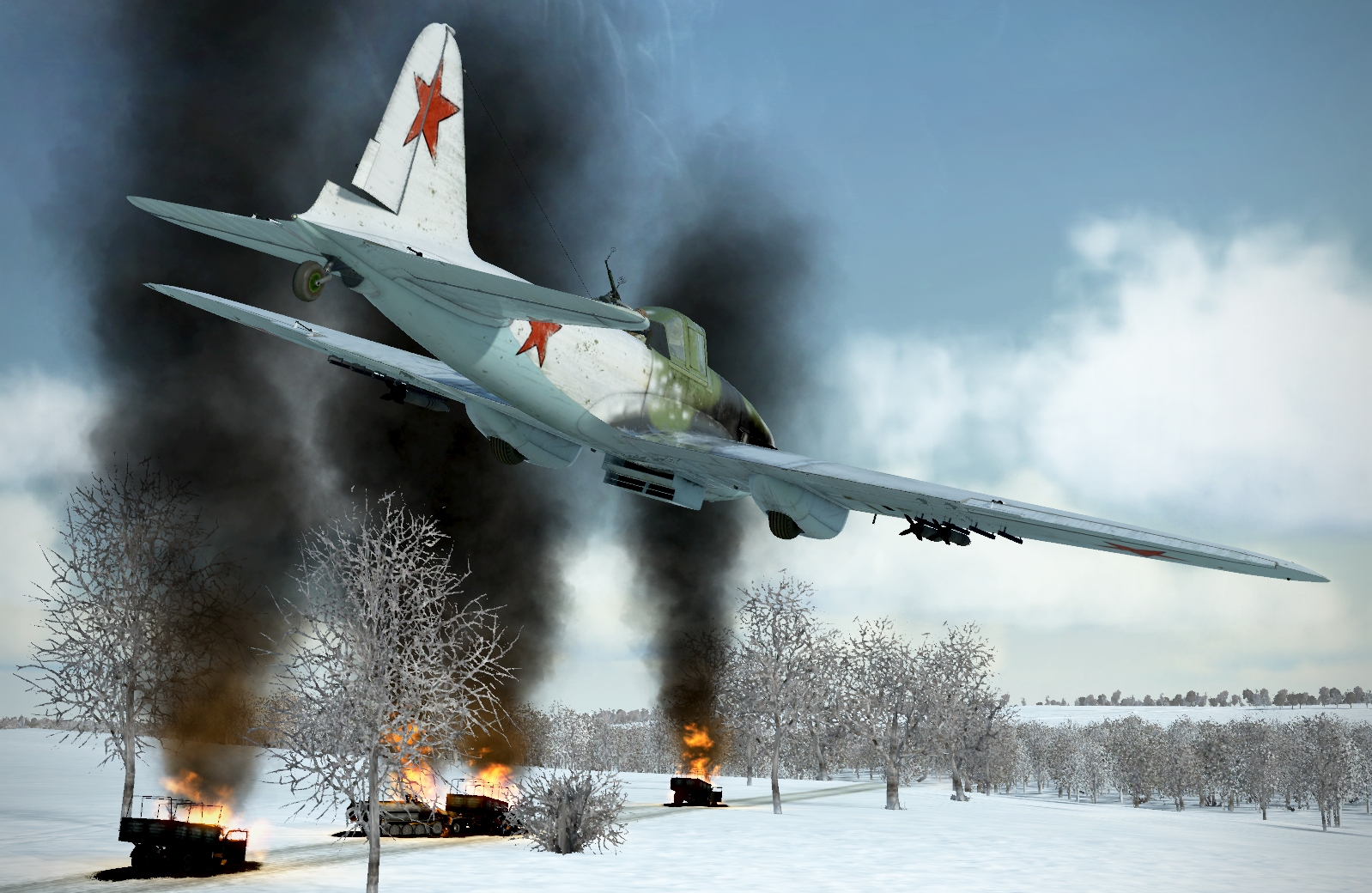

The reparations, while initially high, were greatly reduced in the intervening decades, and much leeway was given to the Germans in how and when to pay them. It is debated to what extent these reparations were exceptionally harsh and what their role was in the later economic collapse. In the meantime, Austria, Hungary, and Germany had their armed forces heavily regulated, were required to pay heavy reparations to the Allies and were forbidden from a political union with each other. What was more, in some areas bordering Germany and Austria they were actually majorities, such as in now-Italian Trent (in the modern province of Alto- Süd Tirol) where the Italians had rigged the League of Nations census in their favour in order to obtain a natural border with the Alps. The creation of the 'new' states and the redrawing of national borders left German minorities dotted all over central-eastern Europe. The political implications of all this for social unrest were only intensified given the poor or non-existent state of social welfare throughout the industrial world. With this came unemployment rates of some 5-30% for many countries, these figures often concealing vast regional and temporal variations. but then came the Great Depression, which saw world industrial production down by a fifth and trade by half. The danger seemed to have passed by about 1923, with things taking a shaky turn for the better. Which resulted in mass unemployment and gave impetus to Socialist and Fascist movements through much of Europe.

Furthermore, the four-year war disrupted the natural trade cycles of Europe and resulted in economies that had to be re-geared to peace-time conditions post-1918. London had managed the world's pre-war banking now, the situation was too complex and London too weak for it to exert any real control over it, and New York refused to step up to the plate and take charge of the situation. Germany, whose economic power would have together with France and Britain been required to 'save' Europe from itself, was deliberately weakened and saddled with near-crippling war-reparations debts. Where there had been a handful of tariff barriers and taxation systems before, there were dozens.

Almost overnight Europe went from a handful of currencies with fixed exchange rates to over a dozen currencies with variable exchange rates. Furthermore, the conclusion of the war and the creation of so many new, weak states along national lines resulted in a Europe that spent most of its time grappling with great political unrest instead of addressing the fundamental structural economic problems which underpinned much of said unrest. The monetary cost of the war is literally incalculable - Russia dodged its bill entirely, for instance, by becoming a whole new country - but the average cost to European human capital was about 6%, domestic assets about 11% and national wealth some 10-20%. Nominally 'German' and 'French' people had been fighting over this region since before the modern nations of Germany or France existed.) And Germany also lost all her overseas colonies, which had been economically useless but nonetheless a great source of national pride before the war. Germany itself became a democracy (with numerous inner conflicts due to the spread of communism throughout Europe after the Russian Revolution and military coups) and lost land to Denmark, a large chunk to Poland, and Alsace and Lorraine went back to France. Italy and Romania also received Austrian Trent and Hungarian Transylvania, respectively. The Habsburgs' dual-monarchy of Austria-Hungary was divided into Germanic Austria, Magyar Hungary, Czecho-Slovakia (a union of the Czech and Slovak peoples, with large minorities of Germans and Hungarians), Yugoslavia (a pan-Slavic union under Serbia), and Poland. The collapse of the German and Habsburg empires after the war led to the creation of many 'new' states and the re-drawing of borders all over central-southern Europe. These catastrophic death tolls resulted from military technology outstripping military thinking, and the application of 19th-century tactics to 20th-century weapons resulted in trench warfare and battles on the Western front which were long, indecisive, and horrendously inefficient. The sigh of relief is justified: more than ten million soldiers were killed over the course of the four-year war (more soldiers died than quite a few countries had people), in addition to more-than-seven million civilian deaths and uncounted numbers of civilian and military wounded. November 1918: All Quiet on the Western Front and everyone breathes a sigh of relief that The Great War has ended. 14.3.8 Submarines / The Battle of the Atlantic.9 Operation Ichigo and the fall of Nazi Germany.6 Soviet Union retaliation against Germany.


 0 kommentar(er)
0 kommentar(er)
